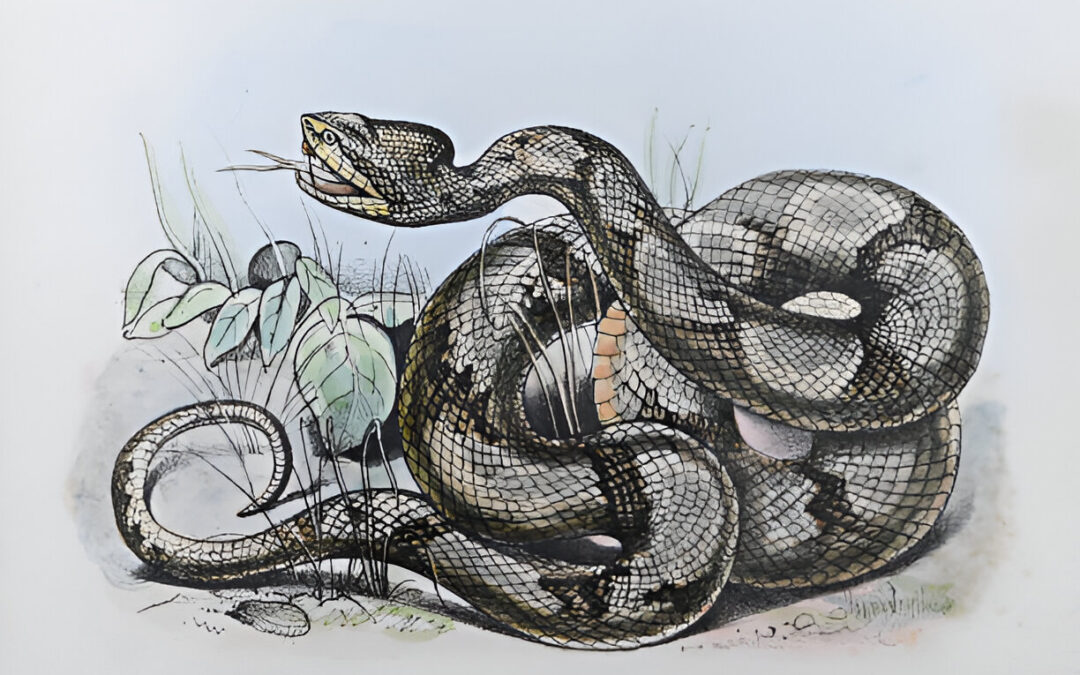Alabama King Snakes is home to some of the most fascinating kingsnakes in the United States. These reptiles play a crucial role in the ecosystem and captivate reptile enthusiasts with their unique behaviors and striking appearances. Whether you’re a seasoned herpetologist or a curious newcomer, this comprehensive guide will provide you with all the essential information about the various Alabama kingsnakes. We’ll explore every aspect of these remarkable creatures, from their habitat to their diet.
Introduction to Alabama King Snakes
Brief History and Habitat Overview
Alabama Snake have long been a subject of interest for scientists and reptile lovers. Their history in the state dates back centuries, and they are commonly found in diverse habitats ranging from forests to wetlands. These snakes are highly adaptable and can thrive in various environmental conditions.
Importance of Alabama King Snakes in the Ecosystem
Alabama Snakes hold a special place in the ecosystem. They are natural predators of rodents and other small animals, helping to maintain a balanced food web. Additionally, they play a vital role in controlling the population of venomous snakes, as they are known to prey on them. This natural regulation is essential for keeping ecosystems healthy and functioning properly.
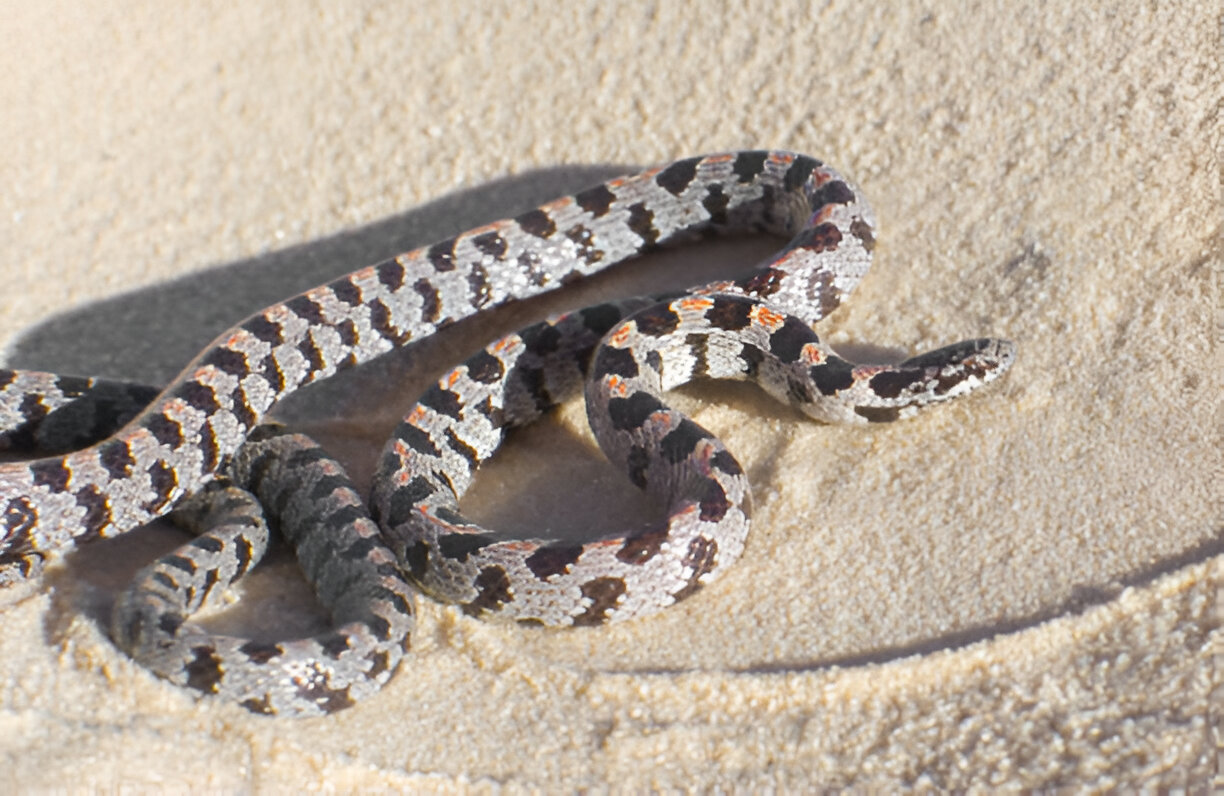
Types of Alabama King Snakes
Description of the Various Types Found in Alabama
Alabama is home to several types of kingsnakes, each with its unique characteristics:
- Eastern Alabama King Snakes (Lampropeltis getula)
- Speckled Alabama King Snakes (Lampropeltis holbrooki)
- Black Alabama King Snakes (Lampropeltis nigra)
- Scarlet Alabama King Snakes (Lampropeltis elapsoides)
- Prairie Alabama King Snakes (Lampropeltis calligaster)
Physical Characteristics and Distinct Features of Each Type
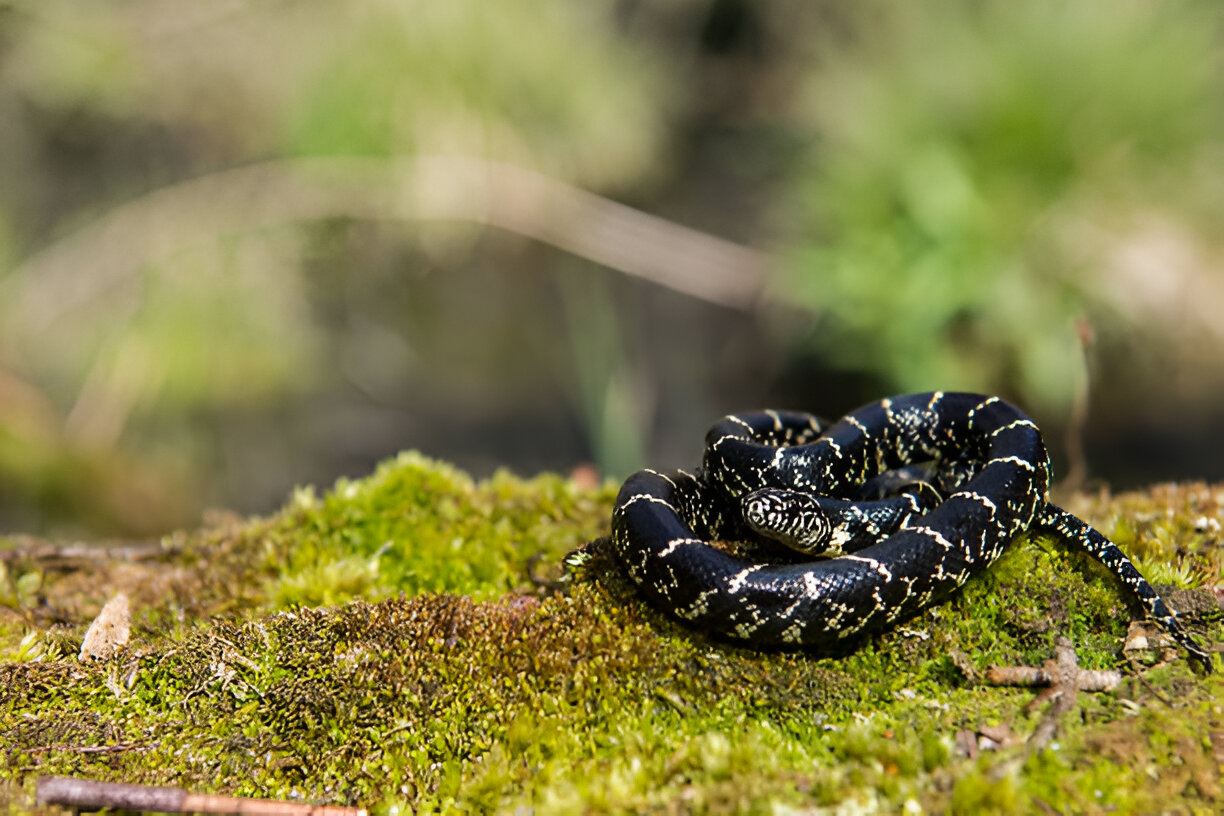
Eastern Alabama King Snakes (Lampropeltis getula)
The Eastern Kingsnake is easily recognizable by its glossy black scales adorned with white or yellow chain-like patterns. They can grow up to 5 feet long and are known for their impressive strength and docile nature.
Eastern Alabama King Snakes (Lampropeltis getula)
The Eastern Kingsnake is easily recognizable by its glossy black scales adorned with white or yellow chain-like patterns. They can grow up to 5 feet long and are known for their impressive strength and docile nature.

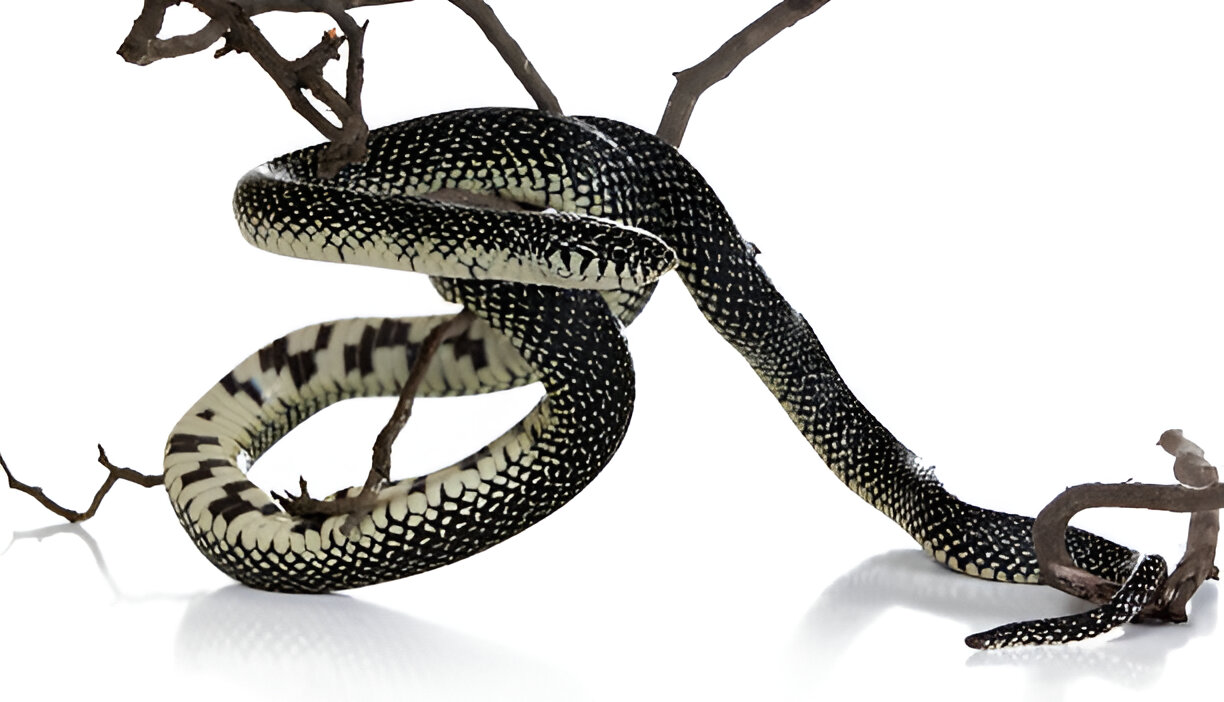
Speckled Alabama King Snakes (Lampropeltis holbrooki)
Speckled Kingsnakes are marked by their distinctive yellow and black speckles. These snakes are often found in marshy areas and are known for their adaptability to different environments.
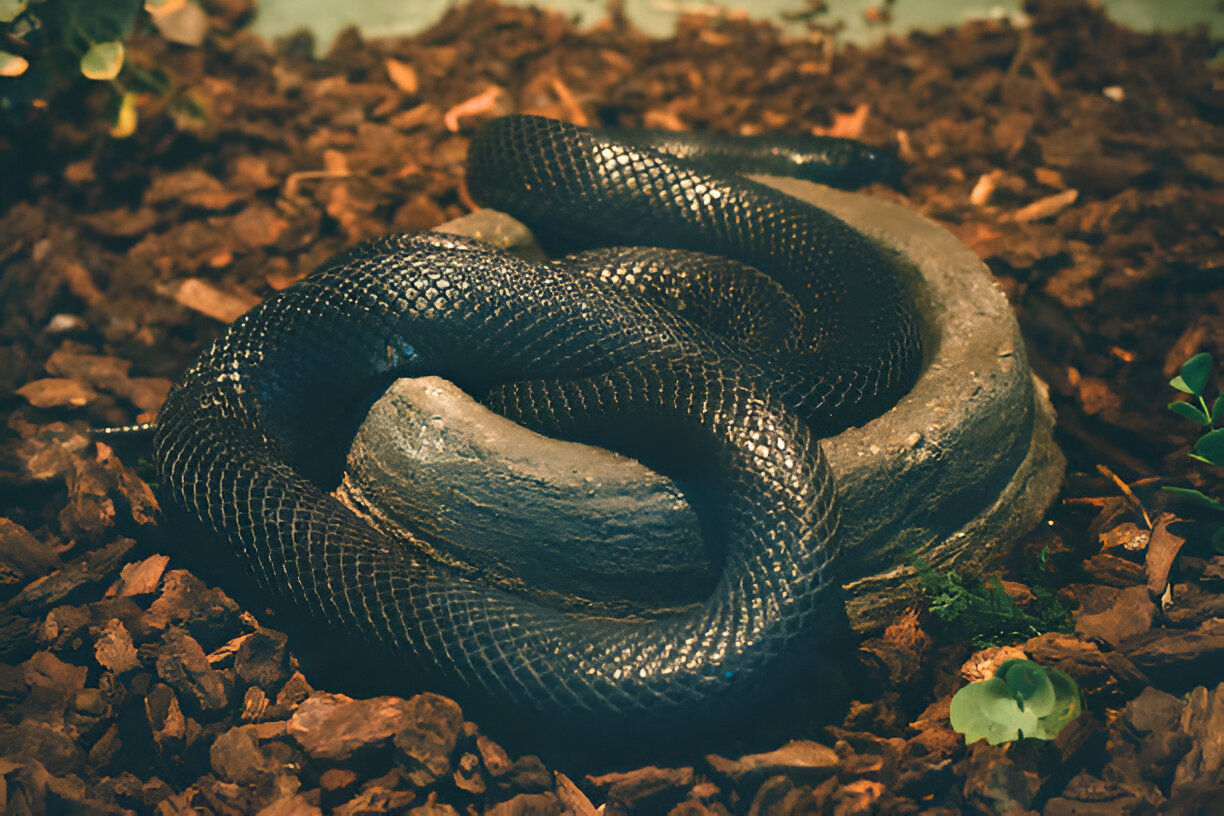
Black Alabama King Snakes (Lampropeltis nigra)
The Black Kingsnake, true to its name, has a predominantly black colouration with faint white or yellow bands. This species is highly effective in controlling rodent populations.
Black Alabama King Snakes (Lampropeltis nigra)
The Black Kingsnake, true to its name, has a predominantly black coloration with faint white or yellow bands. This species is highly effective in controlling rodent populations.

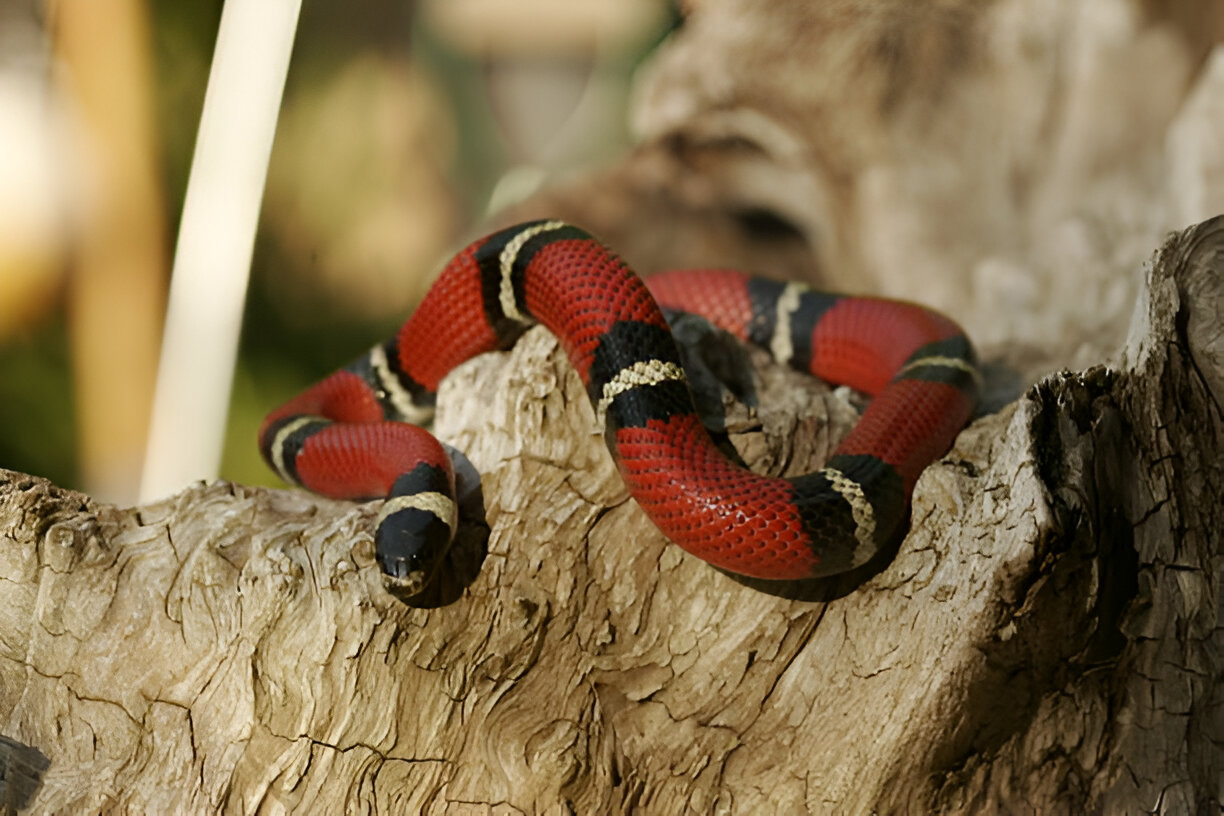
Scarlet Alabama King Snakes (Lampropeltis elapsoides)
The Scarlet Kingsnake is one of the most colourful species, with bright red, black, and yellow bands. They are often mistaken for venomous Coral Snakes, but the order of their colour bands distinguishes them.
Prairie Alabama King Snakes (Lampropeltis calligaster)
Prairie Kingsnakes have a muted brown or greyish color with darker blotches along their bodies. They are commonly found in grasslands and are known for their reclusive behaviour.
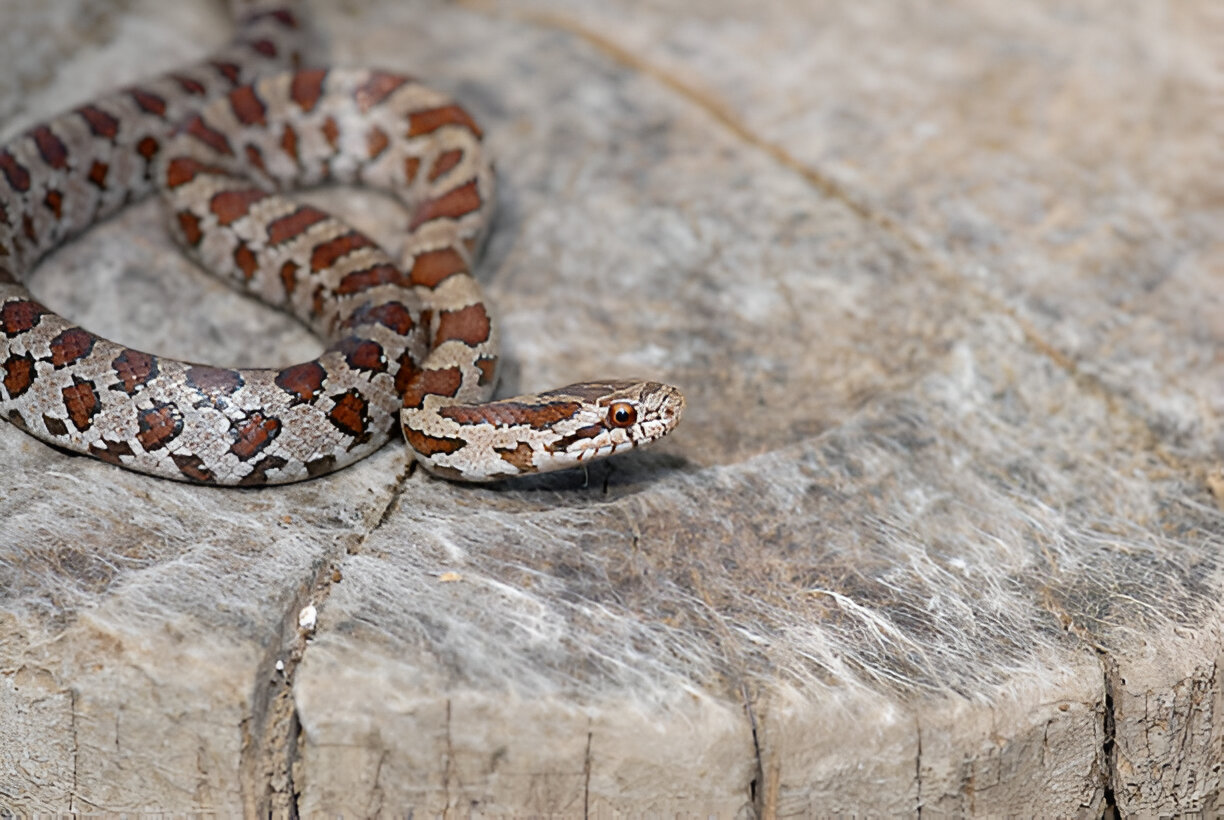
Differences Between Alabama King Snakes and Lookalike Species
Kingsnakes are often confused with other non-venomous and venomous snakes due to their similar appearances. For instance, the Scarlet Kingsnake is frequently mistaken for the Coral Snake. However, identifying the specific colour patterns and physical characteristics can help distinguish them. Kingsnakes are non-venomous and have round pupils, while many venomous snakes possess elliptical pupils and distinctive head shapes.
Behavior and Diet of Alabama King Snakes
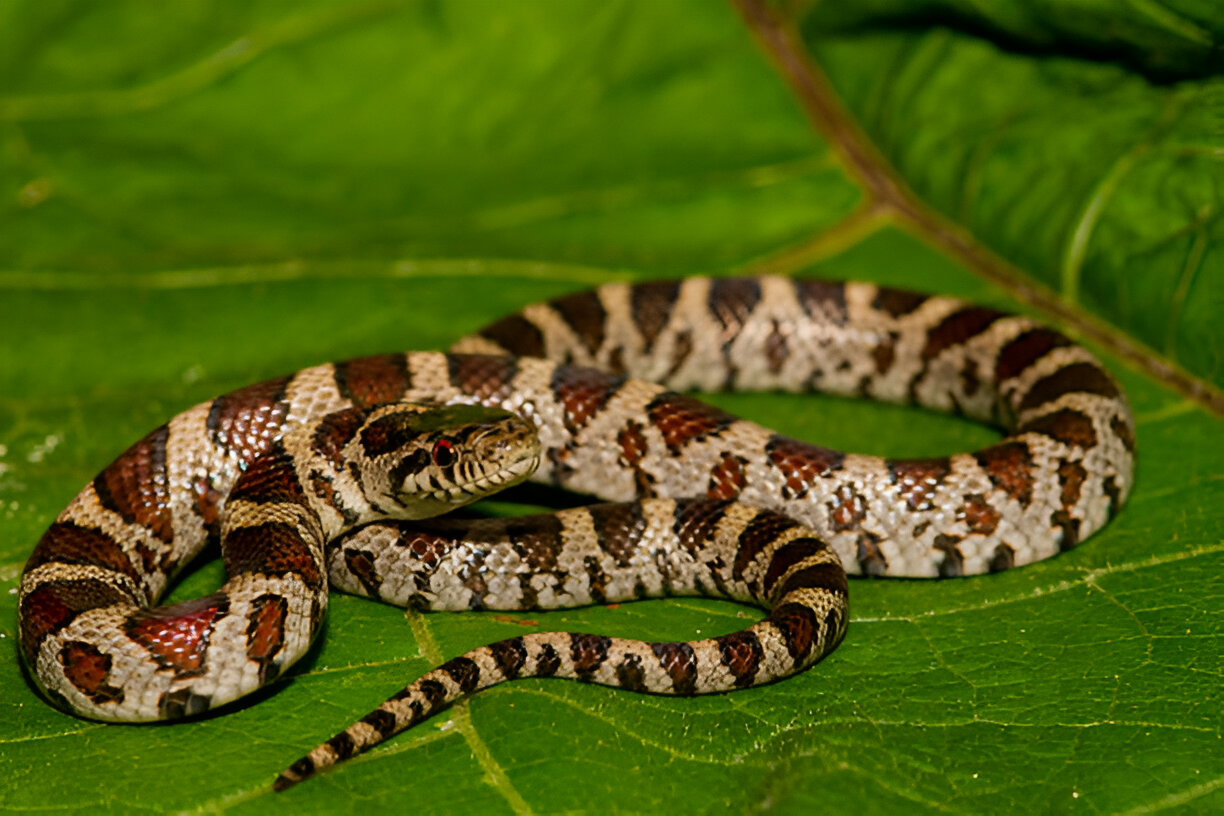
Insights into the Behavior and Activity Patterns of Alabama Kingsnakes
Alabama Kingsnakes are primarily diurnal, meaning they are active during the day. They are known for their curiosity and will often explore their surroundings. Their behaviour can vary greatly depending on the species and habitat.
Dietary Preferences and Hunting Strategies
Kingsnakes are constrictors, meaning they subdue their prey by wrapping around them and squeezing until they suffocate. Their diet mainly includes rodents, birds, eggs, and other snakes. Their highly efficient hunting strategy makes them formidable predators in their environment.
Seasonal Behavior Changes
Kingsnakes exhibit seasonal behavior changes, particularly in colder months. During winter, they enter a state of brumation, similar to hibernation in mammals. They become less active and seek shelter in burrows or under logs to conserve energy.
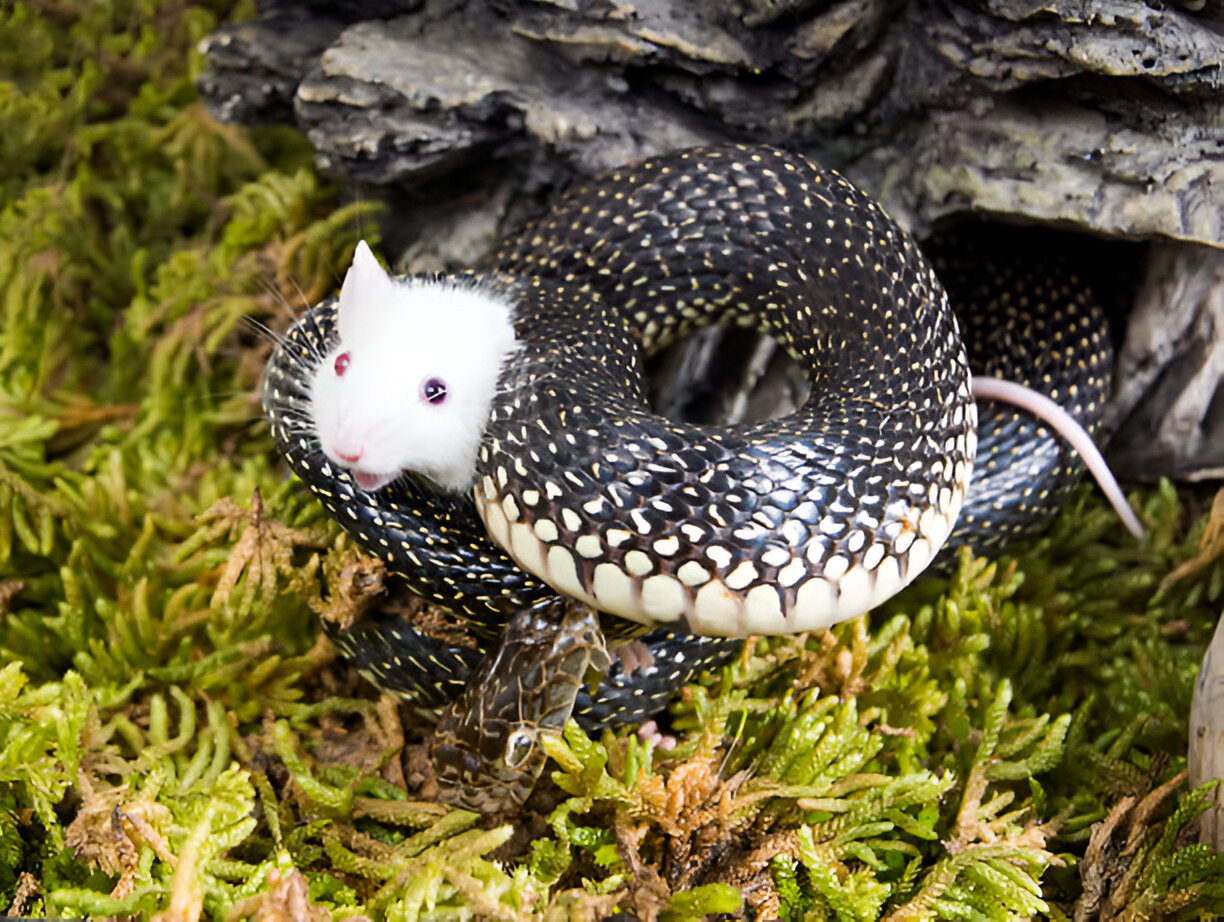
Reproduction and Life Cycle of Alabama King Snakes
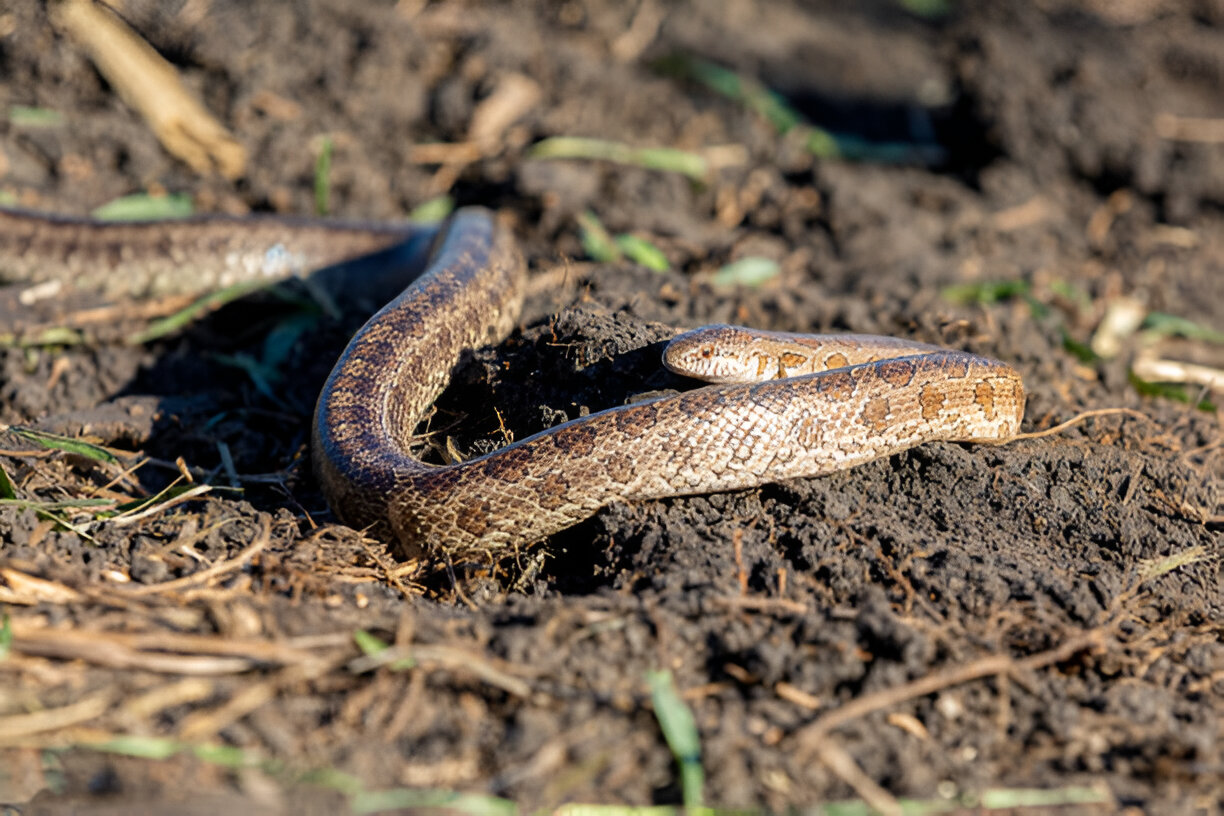
Mating Rituals and Reproductive Cycle
Mating season for Alabama Kingsnakes typically occurs in the spring. Males will engage in combat to win the favor of a female. Once a mate is selected, the snakes will engage in a ritualistic mating dance, wrapping around each other in a display of strength and agility.
Nesting Habits and Gestation Period
Female kingsnakes will lay eggs in hidden, secure locations such as under rocks or decaying logs. The gestation period lasts about two months, after which the eggs will hatch, producing anywhere from 6 to 24 young snakes.
Growth and Development of Young Snakes
The young snakes are entirely independent from birth. They must fend for themselves, finding food and avoiding predators. They grow rapidly during their first year, shedding their skin multiple times as they increase in size and strength.
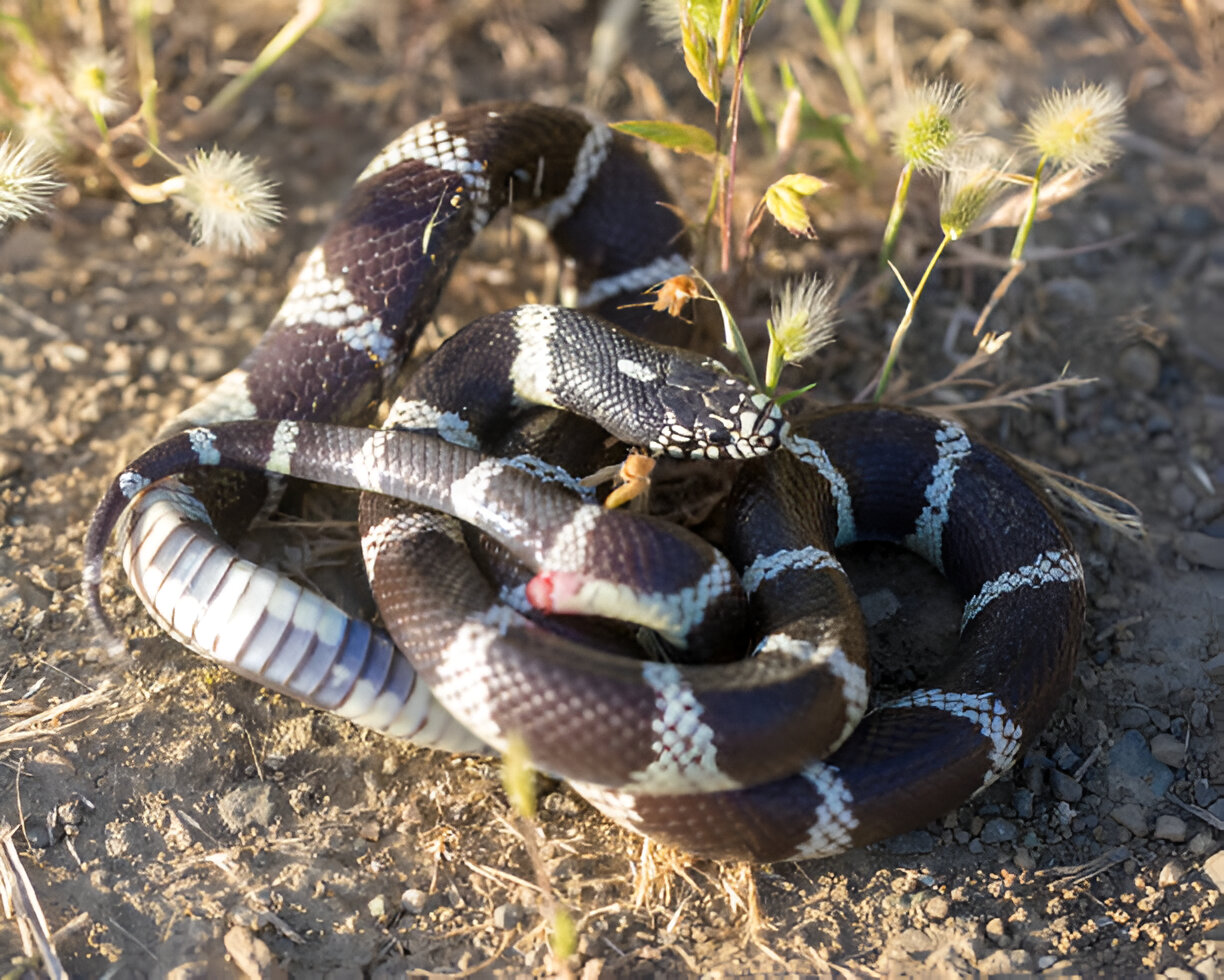
Conservation Status and Threats of Alabama King Snakes
The Current Conservation Status of Alabama Kingsnakes
While most Alabama Kingsnake species are not currently listed as endangered, their populations face several threats that could change their status. Habitat loss due to urbanization and agriculture is a significant concern.
Main Threats to Their Population and Habitat
Pollution, climate change, and human encroachment threaten kingsnake populations. Additionally, the illegal pet trade poses risks to their survival, as many are captured and sold without regard for their well-being.
Conservation Efforts and How Individuals Can Contribute
Several organizations are dedicated to the conservation of kingsnakes and their habitats. By supporting these groups, adopting sustainable practices, and spreading awareness, individuals can contribute to preserving these important reptiles.
Tips for Encountering Alabama King Snakes
Suggestions for Safe and Respectful Observation
When observing kingsnakes in the wild, maintain a respectful distance. Avoid making sudden movements or loud noises that could startle the snake. Use binoculars or a camera with a zoom lens for a closer look.
What to Do If You Encounter a Kingsnake in the Wild
If you encounter a kingsnake, remain calm and do not attempt to handle it. Kingsnakes are generally non-aggressive and will likely move away if left undisturbed. Remember, they play a vital role in the ecosystem by controlling pest populations.
Importance of Preserving Their Natural Habitat
Preserving the natural habitats of kingsnakes ensures their survival and the ecosystem’s health. Supporting conservation efforts and respecting wildlife areas can make a significant impact.
Conclusion
Recap of the Importance and Beauty of Alabama King Snakes
Alabama Kingsnakes are remarkable creatures that contribute to the balance and health of their ecosystems. Their diversity and unique characteristics make them a fascinating subject for reptile enthusiasts.
Encouragement for Further Learning and Conservation Support
We encourage everyone to learn more about these incredible reptiles and support conservation efforts. By understanding and appreciating kingsnakes, we can ensure their preservation for future generations.
Call to Action for Sharing the Knowledge and Protecting These Reptiles
Share this knowledge with fellow reptile enthusiasts and contribute to the protection and conservation of Alabama Kingsnakes. Every effort counts in preserving these wonderful creatures and their natural habitats.
In conclusion, the world of Alabama Kingsnakes is as intriguing as it is important. By learning about their various types, behaviors, and conservation needs, we can appreciate their role in our ecosystems and take steps to protect them.

